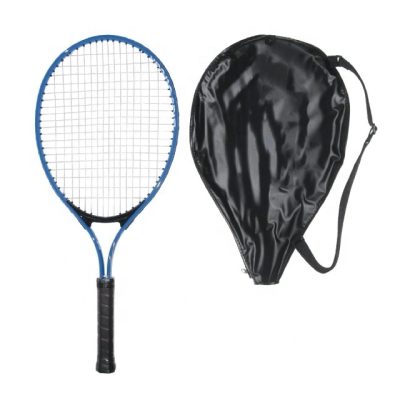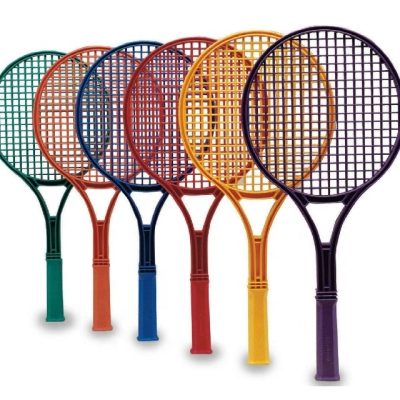1. Wooden beat. Wooden rackets are the ancestor of badminton, but with the development of badminton and the advancement of technology, wooden rackets have been basically replaced by other materials.
2. Iron beat. Composition and features: The frame is made of iron, and the rod is made of iron. The racket is heavy and easily deformed, so it is rarely used now.
3. Aluminum and iron one shot. The main structure is the same as that of the aluminum alloy racket, but the “inner tee” connection is used, and the process requirements are higher.
4. Aluminum alloy shot. Composition and features: The frame is made of aluminum alloy, the rod is an iron tube, and the frame and the rod are connected by an “external tee”. This is the most popular feather racket today, with a lower price.
5. Aluminum carbon shot. Composition and characteristics: The frame is made of aluminum alloy, and the rod is made of carbon fiber, which is connected by “outer tee”. The weight is relatively average, the price is relatively moderate, and the painting is generally relatively simple.
6. Aluminum carbon one shot. Composition and characteristics: The frame is made of aluminum alloy, the rod is made of carbon fiber, and the “inner three-way” connection is adopted. The frame is generally heavier, and the painting is generally more beautiful.
7. Full carbon shot. Composition and features: The frame and rod are both carbon fiber. This type of racket is divided into two structures. One is the connection row, that is, the racket frame and the racket rod are made separately, and the two parts are connected together by the bonding process. The second is integral molding, which is the most difficult and costly process. The all-carbon racket is lighter in weight, and the characteristics of the material and the structure of the racket allow users to give full play to their technical skills. So now the vast majority of professional players use all-carbon feather rackets.


























